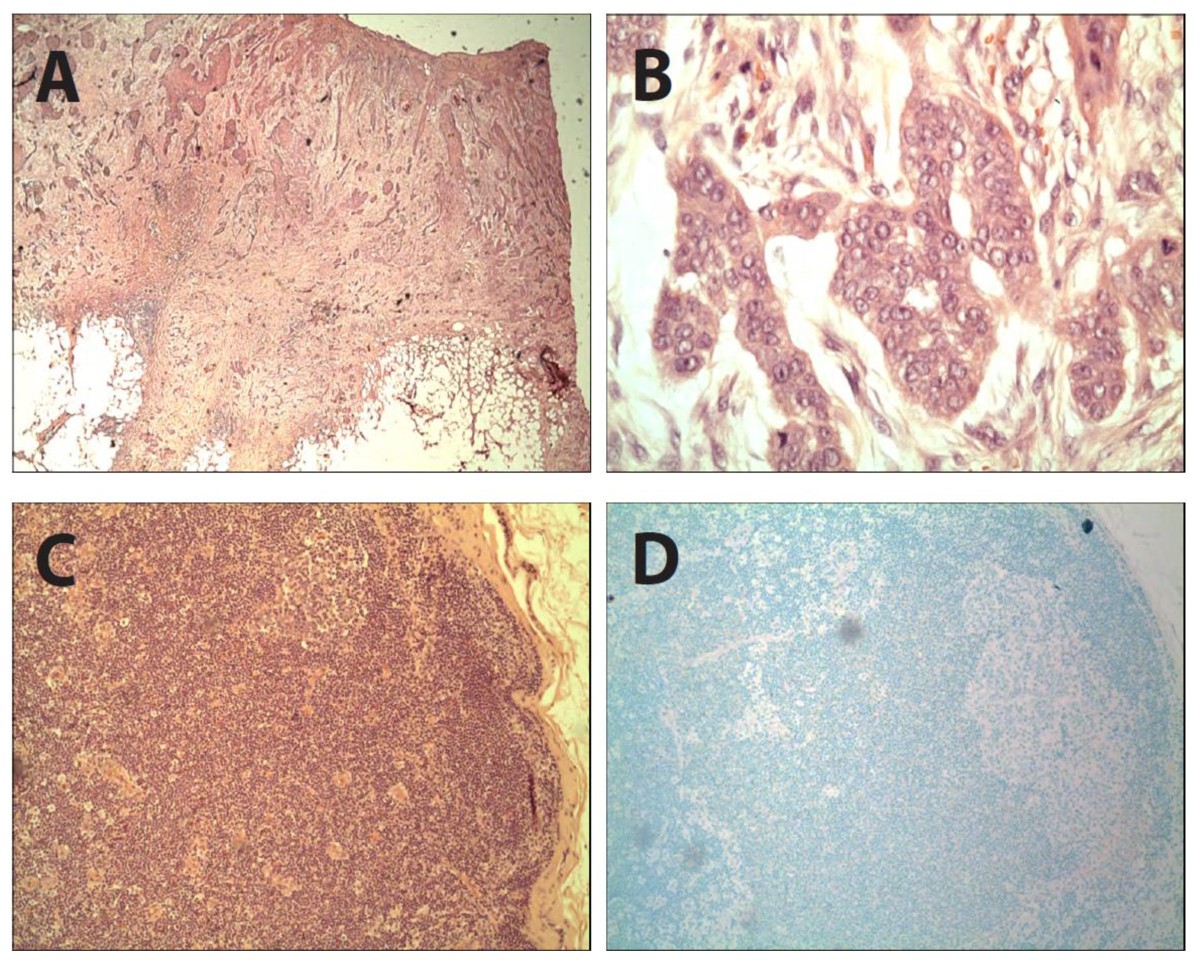
If that first lymph node is clear, it means the other lymph nodes in the same area should be clear as well, and the likelihood of the melanoma recurring in lymph nodes or elsewhere in the body is markedly less. Our world-class pathologists then carefully examine each lymph node for signs of melanoma cells. These lymph nodes are then sent to pathology for examination. This process usually finds one to three lymph nodes, although more could be found. These nodes also frequently turn blue from the dye that is injected. These intra-operative tools detect the radioactive tracers that migrate to the draining lymph nodes. Our center has state of the art detection tools to use in the operating room to accurately detect the sentinel lymph node. The blue dye is injected in the operating room once the patient is under anesthesia.

This is typically done the same day as the surgery in the radiology department, where the tracer is placed in the area around the melanoma. These tracers pass through the same pathways (lymphatic channels) that tumor cells might use and travels to the first, at-risk lymph node. The technique involves injecting a blue dye and radioisotope substance into the lymphatic system near the tumor. The sentinel node biopsy technique has become the international medical standard for melanoma surgery and is being adapted to many other cancers. In some cases, the larger operation may still be needed, but four out of five patients can be spared. The sentinel node biopsy procedure is minimally invasive and is done on an outpatient basis.

It can potentially minimize the extent of the surgery needed.Importantly, this information provides many benefits to the patient.

These can then be examined under a microscope to determine if there has been any spread of the tumor outside of the primary site. Morton and the Saint John’s Cancer Institute pioneered uses dye and radiotracers to allow the surgeon to locate and then remove these key lymph nodes, termed sentinel lymph node(s). In the past, patients with intermediate-risk melanoma underwent complete removal of all regional lymph nodes, a procedure that has a moderate complication rate, like lymphedema, nerve injuries and wound complications. Donald Morton described a technique to identify the first lymph nodes in that sequence of spread that changed the practice of surgical oncology. For years, we have known that the vast majority of cancers spread through the lymphatic system and from there, can spread to other vital organs.


 0 kommentar(er)
0 kommentar(er)
